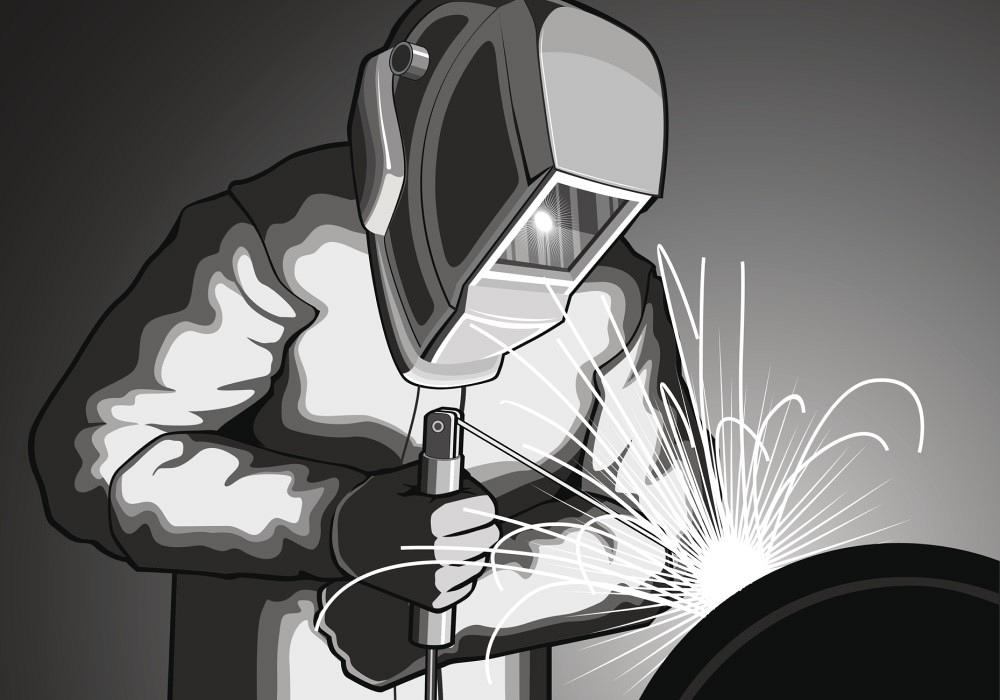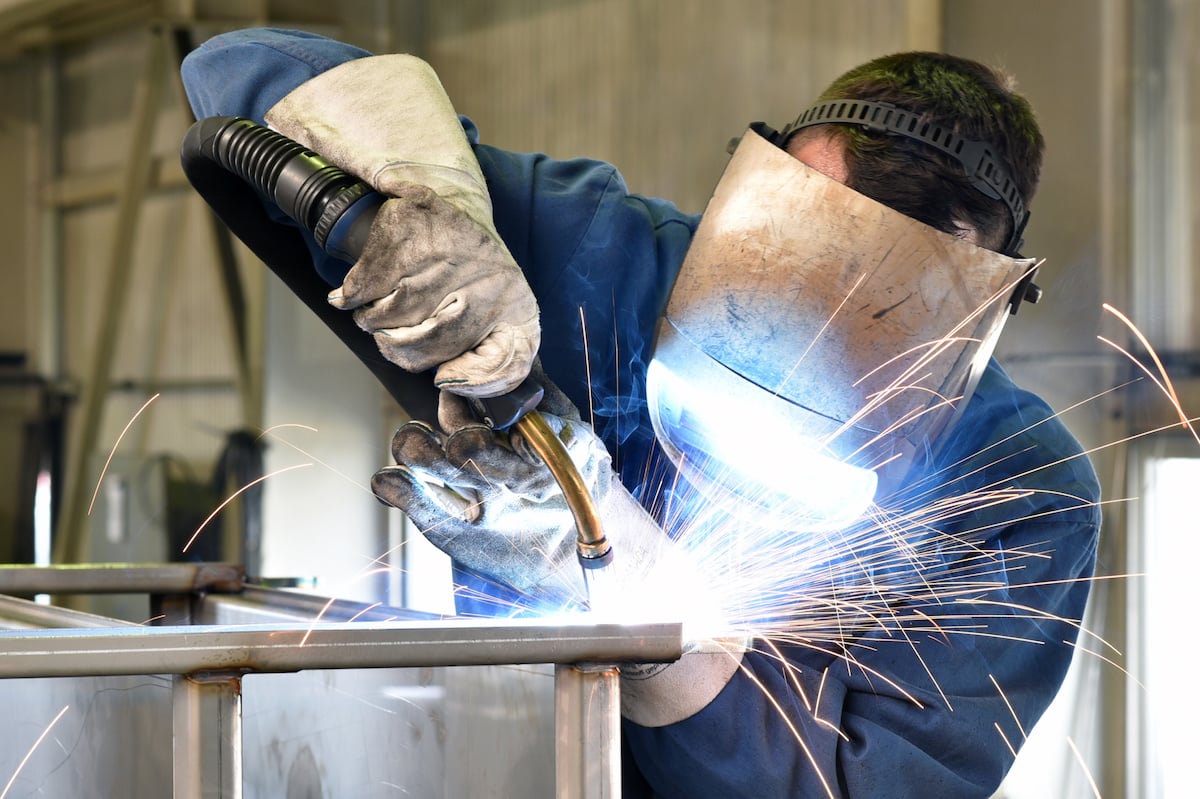Producing a Welding WPS: Step-by-Step Instructions for Professionals
Producing a Welding WPS: Step-by-Step Instructions for Professionals
Blog Article
The Ultimate Overview to Welding WPS Procedures: A Detailed Overview for Welders
In the detailed world of welding, Welding Procedure Specifications (WPS) serve as the backbone of ensuring top quality, uniformity, and security in welding procedures. Understanding the nuances of developing, carrying out, and monitoring WPS treatments is essential for welders aiming to elevate their craft and meet market requirements. As we dive right into the numerous components of a WPS and discover the intricacies of credentials and qualification, we will uncover the crucial function these procedures play in the world of welding. Allow's begin on a trip to decipher the intricacies and relevance of WPS procedures in welding techniques.
Significance of WPS Procedures
Comprehending the importance of Welding Procedure Requirements (WPS) treatments is critical for guaranteeing the quality and integrity of welded frameworks. WPS procedures function as a roadmap for welders, describing the needed steps, specifications, and products needed to attain an audio weld. By adhering to WPS guidelines, welders can guarantee uniformity in their job, resulting in structurally audio and trustworthy welds.
One of the main reasons why WPS treatments are crucial is their role in preserving weld quality and stability. Following the defined welding specifications and techniques described in the WPS helps avoid flaws such as porosity, splitting, or incomplete combination, which can endanger the toughness and toughness of the weld.

Elements of a WPS
A Welding Treatment Specification (WPS) normally comprises vital elements that information the certain requirements for carrying out a weld, ensuring uniformity and top quality in the welding procedure. The vital components of a WPS consist of important variables such as base metals, filler steels, preheat and interpass temperatures, welding procedures, securing gases, welding settings, and post-weld warmth treatment needs.
Base steels refer to the products being signed up with, while filler steels are utilized to load the void between the base steels during welding. Preheat and interpass temperatures are vital for managing the warm input and protecting against problems like fracturing or distortion. The welding process describes the specific technique to be used, whether it's gas metal arc welding (GMAW), protected steel arc welding (SMAW), or an additional approach. Shielding gases shield the weld swimming pool from climatic contamination. Welding settings define the alignments in which welding can be executed. Post-weld warm therapy may be necessary to soothe tensions and improve the weld's residential or commercial properties. A detailed understanding of these parts is important for developing a reliable and detailed WPS.

Qualification and Certification
Having developed the necessary elements of a Welding Treatment Requirements (WPS), the emphasis now changes towards the important facets of qualification and certification in welding methods.

Certification, on the other hand, is the official acknowledgment of a welder's credentials by an appropriate read review accreditation body or company. Welding certifications are typically based upon the particular welding processes, materials, and positions a welder is certified to function with. Holding a valid welding qualification shows that a welder fulfills market requirements and is competent to execute welding tasks to the required requirements.
Creating a WPS
To establish a Welding Treatment Requirements (WPS) that fulfills market click to investigate requirements, careful consideration of welding processes, materials, and functional specifications is crucial. The initial action in developing a WPS is to identify the welding process to be utilized, such as gas steel arc welding (GMAW) or shielded steel arc welding (SMAW)

Executing and Keeping Track Of WPS
Upon wrapping up the thorough Welding Treatment Requirements (WPS) that carefully details welding processes, materials, functional specifications, and quality guarantee steps, the focus moves to effectively applying and checking the established procedures. Implementation involves guaranteeing that all welders involved in the task know with the WPS and follow it carefully during the welding process. This needs supplying adequate training and supervision to ensure adherence to the defined procedures. Checking the WPS entails constant oversight to validate that welding activities line up with the recorded requirements. Evaluations, testing, and quality assurance steps are essential parts of the monitoring procedure to determine any kind of deviations or issues without delay. Normal audits and evaluations of the welding treatments assist in maintaining uniformity and high quality throughout the project. Efficient application and surveillance of the WPS are vital for making sure the stability, stamina, and safety of the bonded joints, ultimately adding to the general success of the welding task.
Verdict
Finally, understanding and following Welding Treatment Requirements (WPS) is vital for welders to guarantee quality, consistency, and security in their work. By understanding the components of a WPS, obtaining appropriate credentials and certifications, creating detailed procedures, and applying and monitoring them properly, welders can enhance their abilities and efficiency in welding techniques. Abiding by WPS procedures is vital for producing premium welds and meeting industry standards.
In the complex globe of welding, Welding Procedure Requirements (WPS) offer as the foundation of ensuring quality, consistency, and safety and security in welding procedures. The welding process describes the specific strategy to be made use of, whether it's gas metal arc welding (GMAW), shielded steel arc welding (SMAW), or an additional method.To establish a Welding Treatment Spec (WPS) that meets sector standards, cautious factor to consider of welding procedures, products, and operational criteria is vital. The initial action in creating a WPS is to determine the welding procedure to be made use of, such as gas Related Site metal arc welding (GMAW) or protected metal arc welding (SMAW)Upon settling the thorough Welding Procedure Specification (WPS) that diligently details welding processes, products, functional parameters, and high quality assurance measures, the emphasis shifts to properly implementing and keeping an eye on the recognized treatments.
Report this page